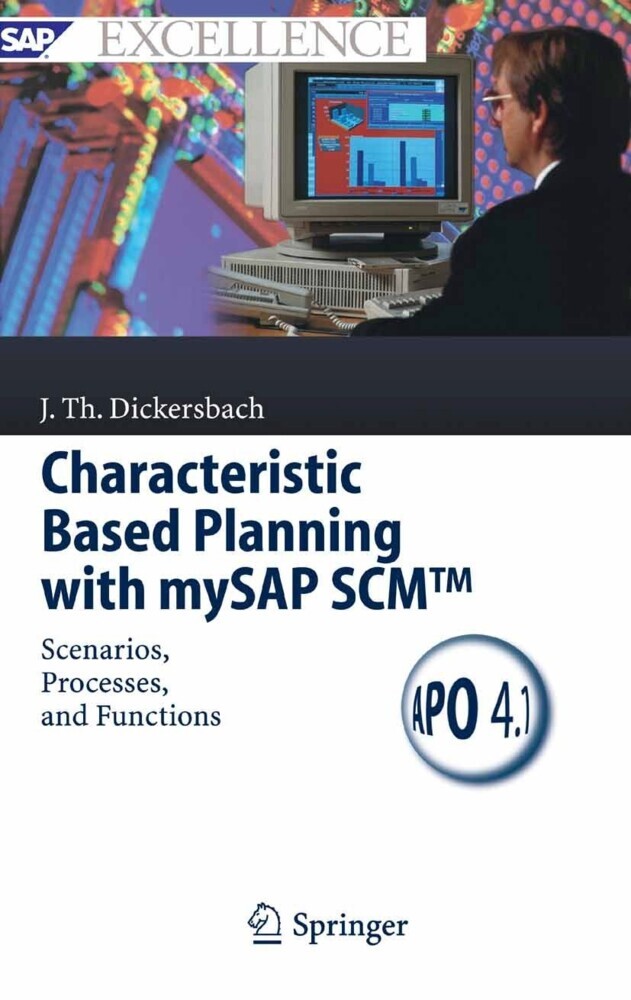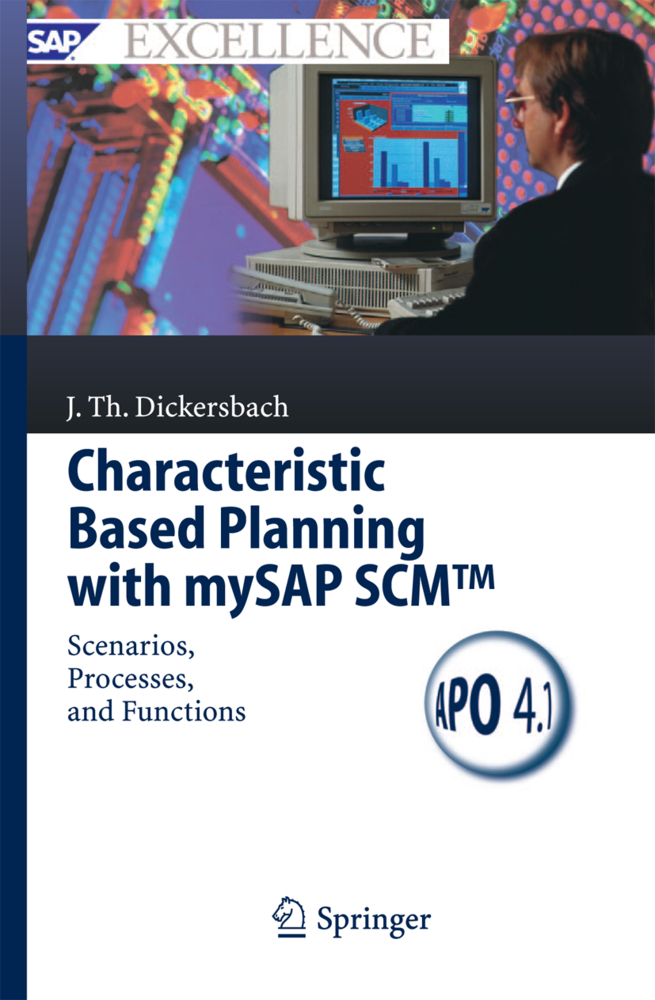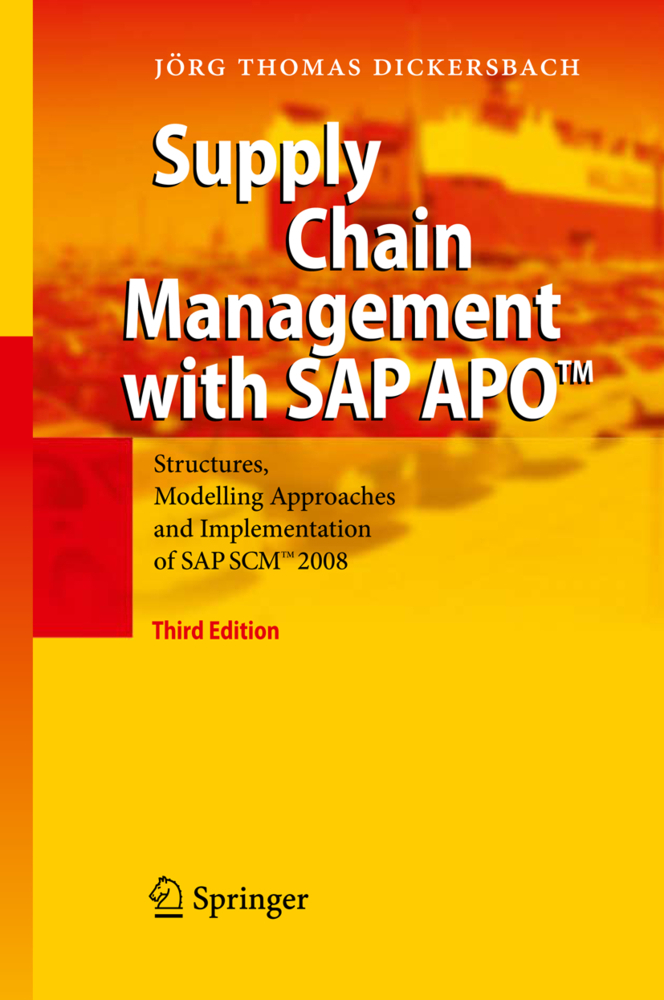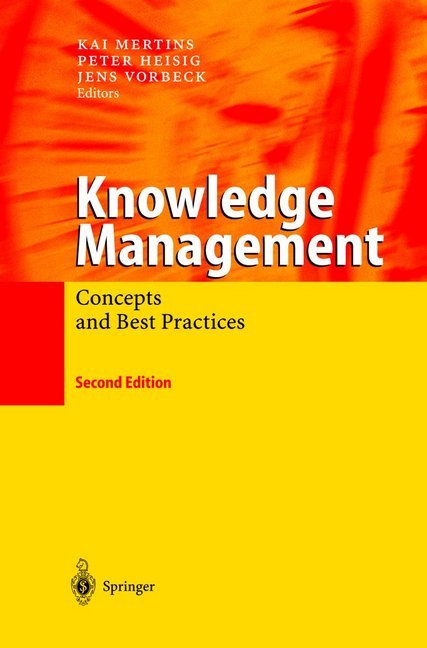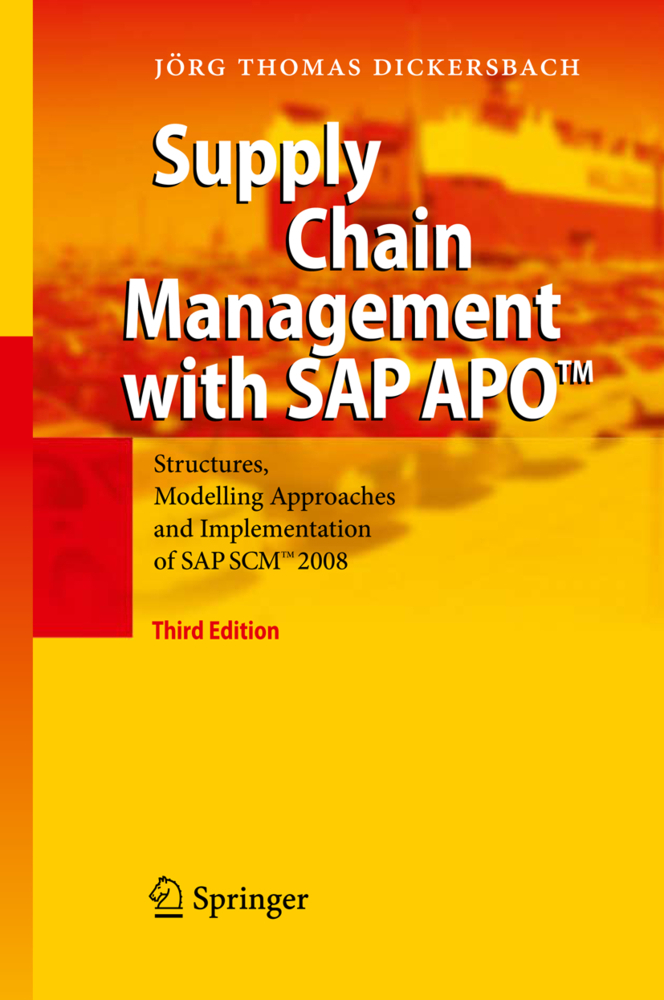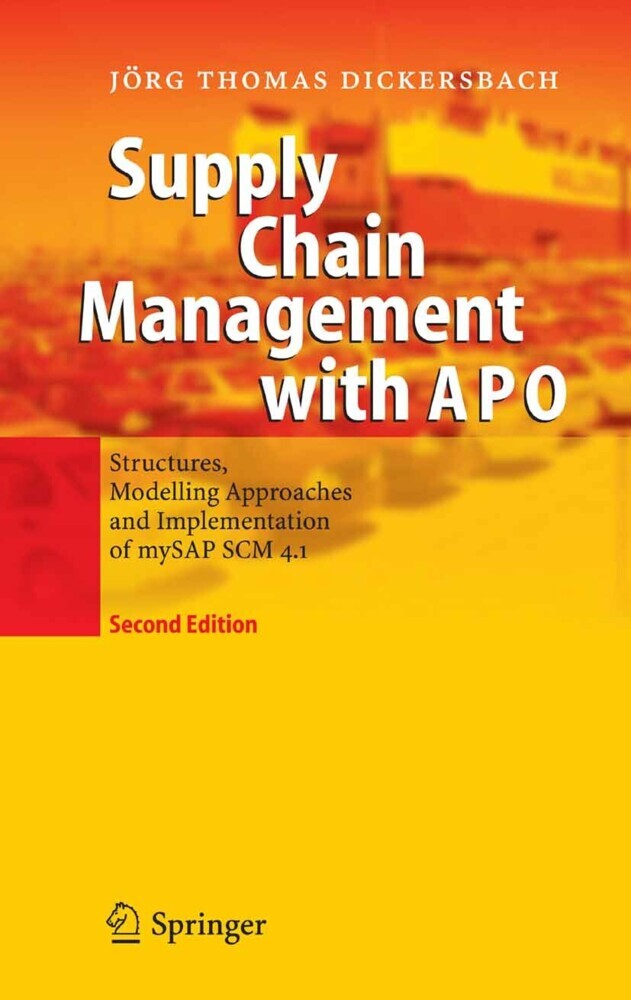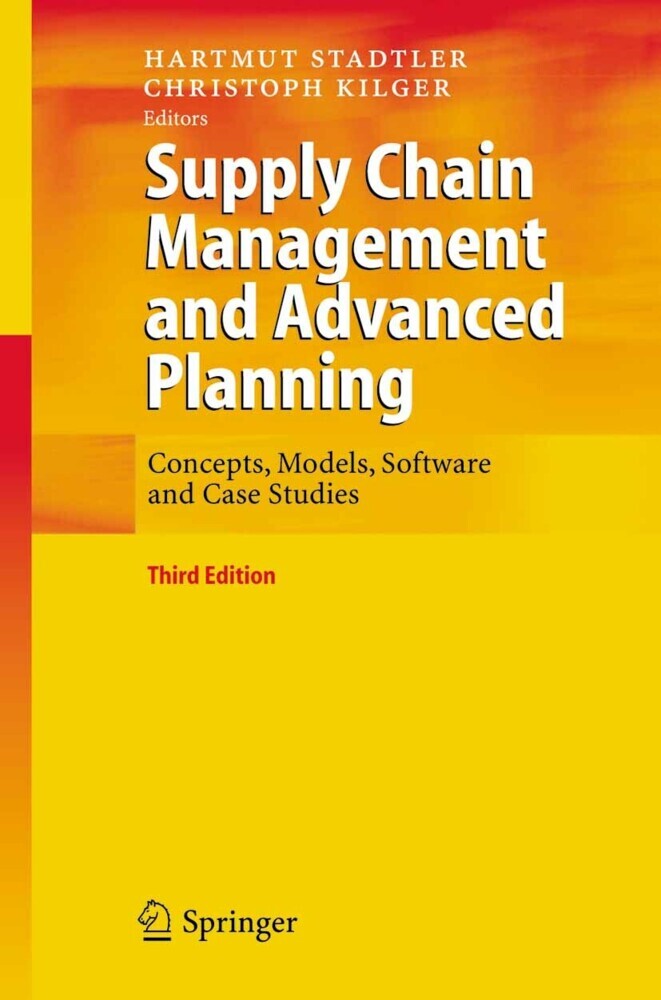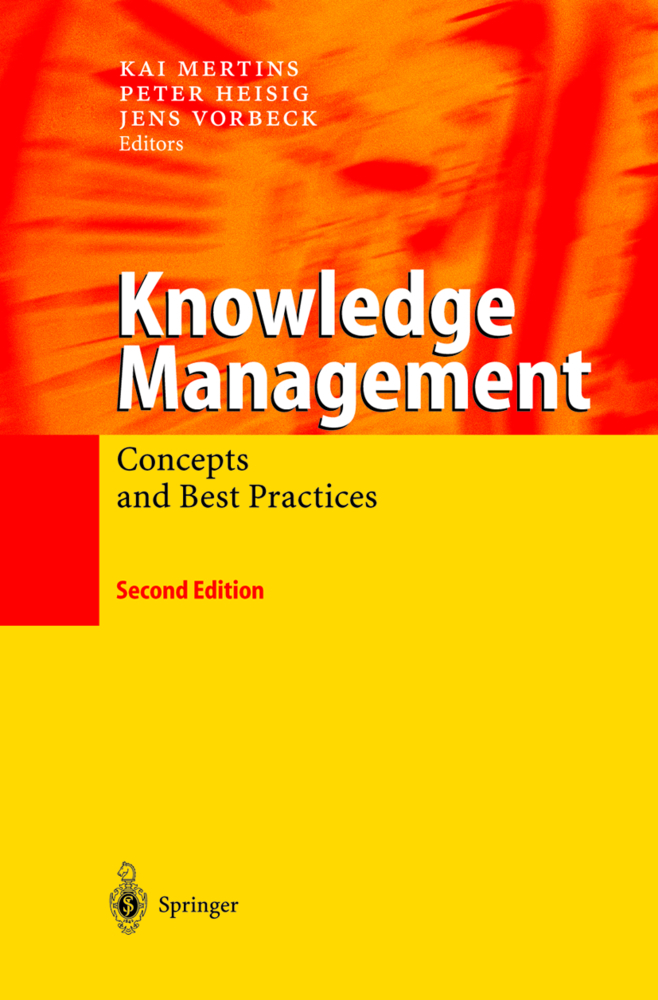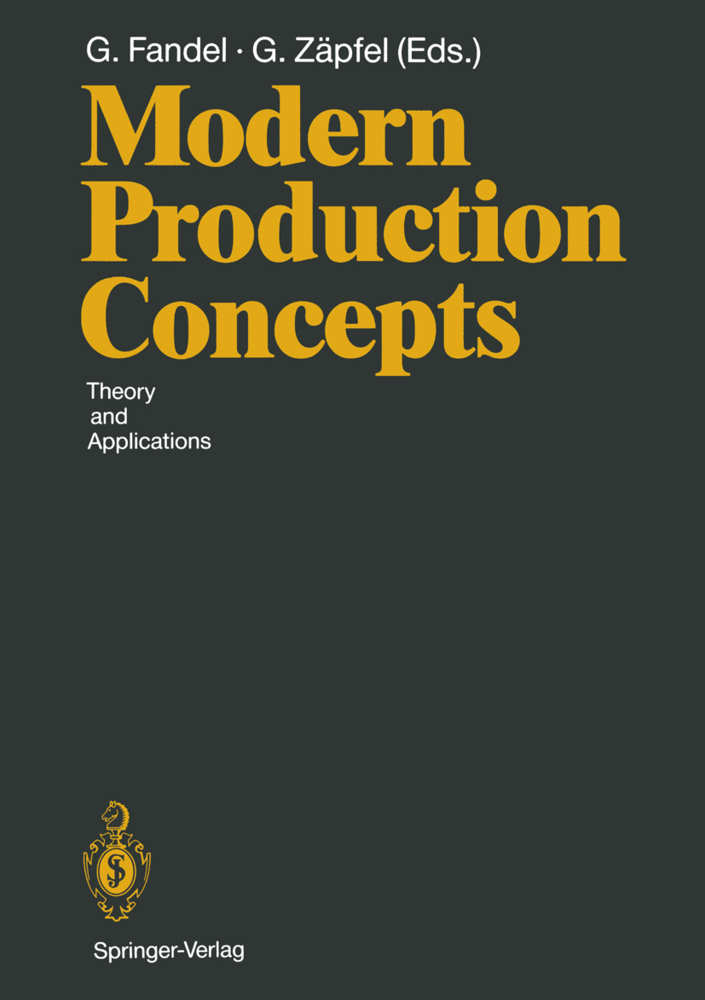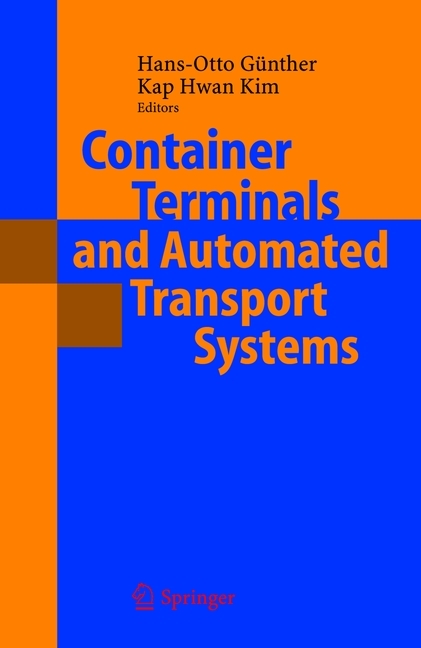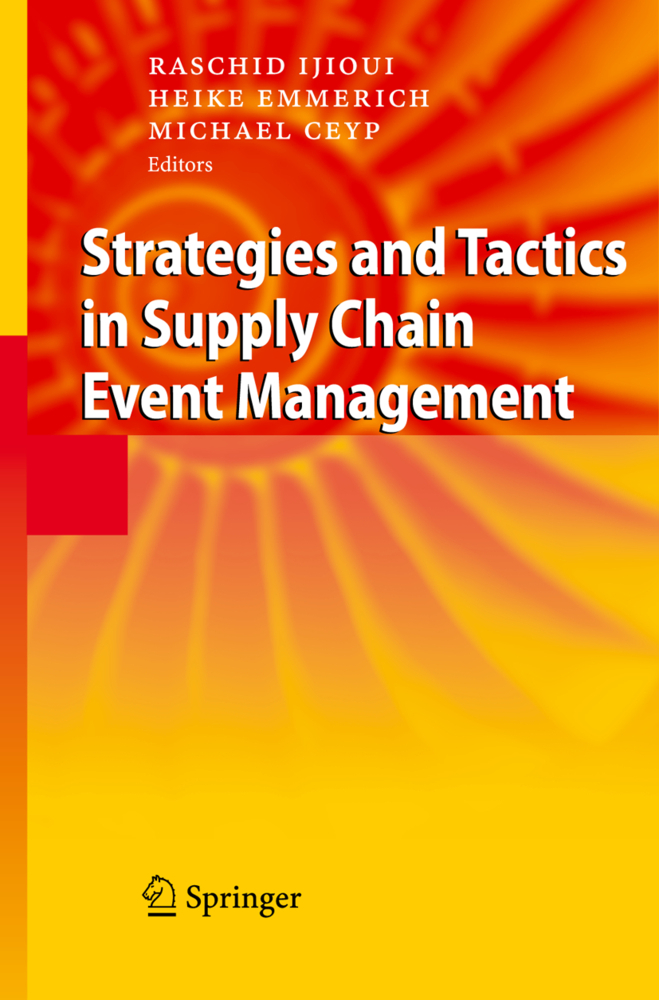Characteristic Based Planning with mySAP SCM(TM)
Scenarios, Processes, and Functions
Characteristics are used in SAP as attributes, e.g. to specify the configuration of products or the properties of batches. In many industries engineering, automotive, mill, pharmaceutical and foods to name the most typical supply chain planning has to consider these characteristics. APO offers many different functionalities for planning with characteristics, where each of the functionalities has some prerequisites and incompatibilities. This book offers help and advice for the basic design of the implementation by explaining the processes and scenarios (process chains) for planning with characteristics, the functionalities for planning with characteristics in APO including their prerequisites and incompatibilities and the entities, dependencies and system configuration determinants for planning with characteristics in R/3 and APO. This book is based on the releases R/3 4.7 and mySAP SCM 4.1. TOC:Motivation for Planning with Characteristics.- Characteristic Based Planning Overview.- Characteristics and Classes.- Configuration Scheme in APO.- Make-to-Order with Variant Configuration.- Make-to-Order with VC and Demand Planning.- Sales from Stock with Characteristics.- Configure-to-Order with Propagation.- Planning with Shelf Life.- Sales Order Oriented Planning.- Production Planning and Scheduling.
1;Contents;7 2;1 Motivation for Planning with Characteristics;10 3;2 Characteristic Based Planning Overview;12 3.1;2.1 Process Overview;12 3.2;2.2 Scenarios for Characteristic Based Planning;14 3.3;2.3 System Configuration Determinants;19 3.4;2.4 Functions for Characteristic Based Planning in APO;22 3.5;2.5 Process Variants and their Usage in the Scenarios;24 4;3 Characteristics and Classes;28 4.1;3.1 Characteristics and Classes in R/3;28 4.2;3.2 Transfer of Characteristics and Classes to APOThe transfer of classes and characteristics to APO is done via the CIF,;31 5;4 Configuration Scheme in APO;34 6;5 Make-to-Order with Variant Configuration;36 6.1;5.1 Scenario Description;36 6.1.1;5.1.1 Process Chain;36 6.1.2;5.1.2 System Configuration Determinants;38 6.1.3;5.1.3 Configurable Material;39 6.1.4;5.1.4 Configuration Profile;39 6.2;5.2 Variant Configuration in the Sales Order;40 6.3;5.3 Object Dependencies;43 6.3.1;5.3.1 Structure and Usage of Object Dependencies;43 6.3.2;5.3.2 Selection Conditions;47 6.3.3;5.3.3 Procedures;47 6.3.4;5.3.4 Procedures with Reference Characteristics;48 6.3.5;5.3.5 Variant Functions;51 6.4;5.4 Multi-Level Configuration;53 6.5;5.5 Configuration via Material Class;55 6.6;5.6 Material Variants;56 6.7;5.7 Configurable Material Variants;59 6.8;5.8 Variant Tables;61 7;6 Make-to-Order with VC and Demand Planning;63 7.1;6.1 Make-to-Order with VC and Planning Overview;63 7.2;6.2 Characteristic Based Forecasting;64 7.3;6.3 Forecast Release and Forecast Consumption;68 7.4;6.4 Scenario Description for Planning in Inactive Version;73 7.4.1;6.4.1 Process Chain for Planning in Inactive Version;73 7.4.2;6.4.2 System Configuration Determinants;78 7.4.3;6.4.3 Transformation of the Dependent Demand;79 7.4.4;6.4.4 Forecast Consumption by the Dependent Demand;80 7.4.5;6.4.5 Component Logic;82 7.5;6.5 Scenario Description for Planning in Active Version;83 7.5.1;6.5.1 Process Chain for Planning in Active Version;83 7.5.2;6.5.2 System Configuration Determinants;87 7.5.3;6.5.3 Forecast Check on Characteristic Level;87 7.5.4;6.5.4 Allocation Check on Characteristic Level;88 7.5.5;6.5.5 Forecast Consumption on Characteristic Level;89 8;7 Sales from Stock with Characteristics;90 8.1;7.1 Scenario Description;90 8.1.1;7.1.1 Process Chain;90 8.1.2;7.1.2 System Configuration Determinants;92 8.2;7.2 Batch Selection in the Sales Order;93 8.3;7.3 ATP with Characteristics;96 8.3.1;7.3.1 Characteristic View;96 8.3.2;7.3.2 Rules-Based ATP with Characteristic Substitution;97 8.4;7.4 Delivery with Characteristics;100 9;8 Configure-to-Order with Propagation;102 9.1;8.1 Scenario Description;102 9.1.1;8.1.1 Process Chain;102 9.1.2;8.1.2 System Configuration Determinants;104 9.2;8.2 Characteristic Propagation within the PPM;106 9.3;8.3 Block Planning;109 9.3.1;8.3.1 Motivation for Block Planning;109 9.3.2;8.3.2 Block Definition in the Resource;110 9.3.3;8.3.3 Activity Valuation;113 9.3.4;8.3.3 Block Planning Functions;116 9.3.5;8.3.4 Assembly Planning Based on Block Definitions;116 9.4;8.4 Goods Receipt with Batch Characteristics;118 10;9 Planning with Shelf Life;120 10.1;9.1 Scenario Description;120 10.1.1;9.1.1 Process Chain;120 10.1.2;9.1.2 System Configuration Determinants;121 10.1.3;9.1.3 Shelf Life Settings in the Material Master;122 10.2;9.2 Shelf Life Functionality;123 10.3;9.3 Characteristics for Shelf Life;125 10.4;9.4 Customer Specific Shelf Life Requirements;127 10.5;9.5 Production Planning and Scheduling with Shelf Life;131 10.6;9.6 Goods Receipt with Shelf Life Characteristics;132 10.7;9.7 Shelf Life Alerts;133 11;10 Sales Order Oriented Planning;135 11.1;10.1 Scenario Description;135 11.1.1;10.1.1 Process Chain;135 11.1.2;10.1.2 System Configuration Determinants;137 11.2;10.2 Descriptive Characteristics;137 11.3;10.3 Forecast Adjustment;139 11.4;10.4 Planned Order Conversion with Conversion Rules;141 12;11 Production Planning and Scheduling;143 12.1;11.1 Production Planning with Characteristics;143 12.1.1;11.1.1 Production Pla
Dickersbach, Jörg Thomas
Forstreuter, A.
Fuhlbrügge, C.
John, T.
| ISBN | 9783540267508 |
|---|---|
| Artikelnummer | 9783540267508 |
| Medientyp | E-Book - PDF |
| Copyrightjahr | 2005 |
| Verlag | Springer-Verlag |
| Umfang | 162 Seiten |
| Sprache | Englisch |
| Kopierschutz | Digitales Wasserzeichen |

